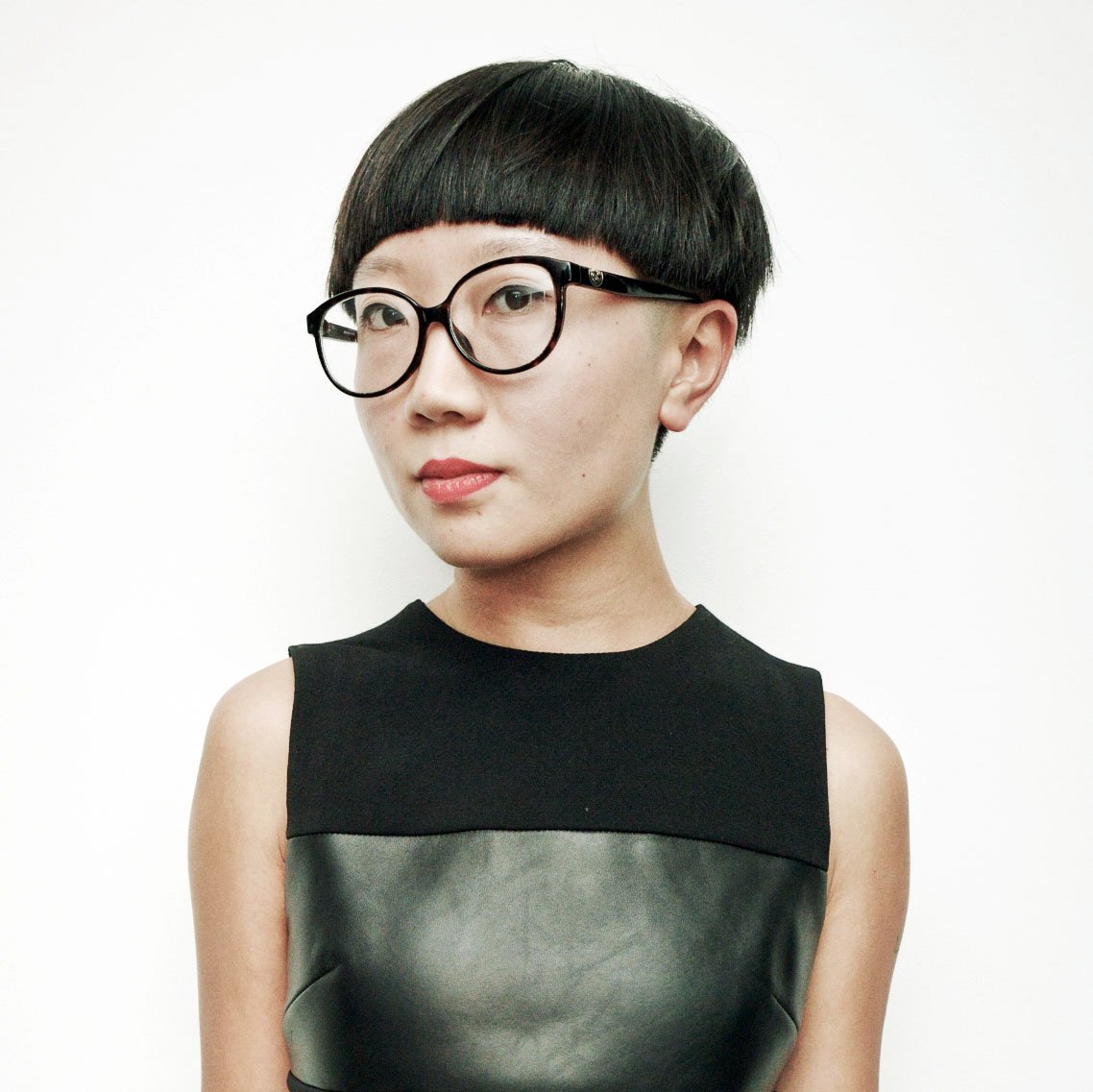
Digital Pioneers is a series of interviews that explores the impact of social media on the future of the art world.
When the Jewish Museum in Manhattan’s Upper East Side announced its newly-created digital director position at the tail-end of 2015, the institution, which was founded in 1904, made it known that they were ready for a change. Enter JiaJia Fei, then the Guggenheim’s associate director of digital marketing.
The symbiotic union gave way to a revamped digital strategy, access to their encyclopedic collection, and a number of interactive, runaway exhibitions—the most recent of which is titled “Take Me (I’m Yours),” which runs through February.
We caught up with Fei to talk about her year with the museum, what she’s been up to these days, and where she draws inspiration. As it turns out, Fei takes a cue from institutions beyond the art world. As she told artnet News in an email: “If NASA is able to help people better understand rocket science through social media, museums should rise to that same challenge.”
Read our interview below.
What are you up to these days?
At the Jewish Museum, we are getting ready to open our next exhibition on the French architect and designer Pierre Chareau.
You were a marketing associate for the Jewish Museum back in 2008. Have you been given more freedom since returning?
The Jewish Museum in 2008 was quite different from the Jewish Museum in 2016, but in many ways the internet in 2008 was quite different from the internet today. I remember asking then, “should we be on Twitter?” which soon led to the other roles I would assume over the years that did not exist before “the digital age.” My current position, which was newly created at the beginning of the year, oversees all of digital. This includes both content strategy and backend operations for our website, blog, enews, mobile, audio, video, social, and search.
You said “the future of museums is in digital storytelling.” What are some successful examples of this?
Museums exist to bring life and context to objects that tell stories about people, places, and cultures. I see my job as a translator of that same mission using the tools of our time, whether it’s through podcast recordings that go behind the scenes with curators or highlighting works in our collection through Instagram. We have more than 26,000 objects in the Jewish Museum collection and visitors only get to see about 800 on view. The digital space opens up unprecedented access to our holdings, but also invites an entirely new and global audience who may never be able to visit us in person.
Which museums and arts institutions at-large would you say have a good handle on managing their digital presence?
As much as I love museums, one of the biggest faults of museums is their tendency to do what the other museums are doing. I personally love following @nasa and admire their ability to make extremely complicated concepts relatable and interesting for a wide audience. Contemporary art is often perceived to be as esoteric, so if NASA is able to help people better understand rocket science through social media, museums should rise to that same challenge to help people better understand conceptual art.
What’s the hardest part of your job?
The reality that there are digital teams of 20-50 people doing my job at other companies and institutions. My current lean team of 3, all of whom just joined in the last few months, feels very much like a startup within a 100+ year old institution, but like all startups, there is only the opportunity to grow.